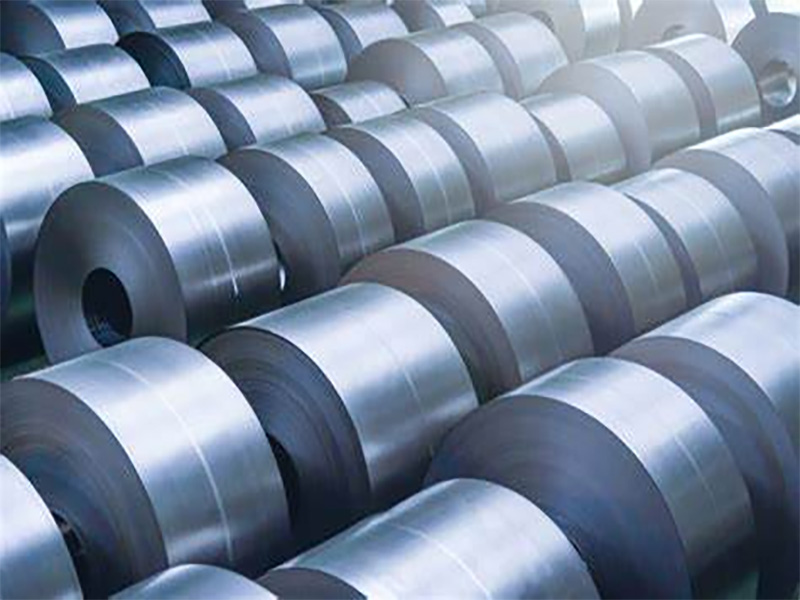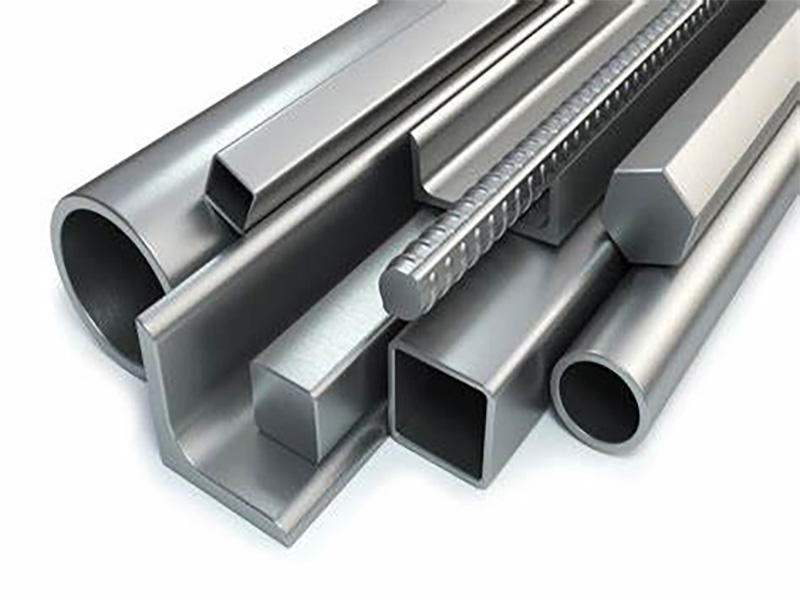


Green steel is considered ‘green’ or environmentally friendly because of its reduced carbon footprint.
The benchmark for a carbon footprint is typically based upon producing steel from iron ore using a blast furnace; a reduction in this footprint is achievable through the implementation of alternative technologies.


In the coming years, we anticipate an increased push for green steel production, largely due to political pressures.
Governments worldwide are under fire to reduce their countries’ impact on the environment; the most likely outcome of this development is increased regulations on large greenhouse gas emitting industries.
Whether it is carbon taxes, R&D support/rebates, or increased environmental regulations on new installations, it’s inevitable that we will see a new steel production method that creates fewer greenhouse gasses.
Increasing green steel manufacturing also has broader implications for the energy sector, since the demand for green electricity will increase significantly.
We want to make products using waste that add value to the world and at the same time are safe and sustainable.
We carrying out new research into using waste bio-resources like coffee grounds, plastics and rubbers
and their application in steel making under its Green Steel next generation “Polymer Injection Technology” work.
This includes not just using more wastes with the aim of one day replacing the need for coke and coal in electric arc furnace (EAF) steel making, but using waste resources as a source of the vital steel making ingredient of hydrogen for an overall more efficient process requiring less energy.

For Further Details,Please Feel Free To Contact Us: